€3.98
/ per pack
Choose seeds per pack:
Botanical nomenclature: Cananga odorata
Common name: Ylang Ylang, Cananga Tree, Perfume Tree, Chanel Nº 5, Ilang-Ilang, Macassar Oil Tree, Ylang-Ylang-Tree, Ylang-Ylangbaum
Kingdom: Plantae
Clade: Tracheophytes
Clade: Angiosperms
Clade: Magnoliids
Order: Magnoliales
Family: Annonaceae
Genus: Cananga
Species: C. odorata
Species very much appreciated by the fragrance of its flowers. Its flowers are regularly used in the perfume industry to manufacture the most famous perfumes worldwide; your perfume is considered the
Main ingredient of chanel nº 5.
Cananga odorata, known as ylang-ylang or cananga tree, is a tropical tree that is native to the Philippines, Malaysia, Indonesia, New Guinea, the Solomon Islands, and Queensland, Australia. It is also native to parts of Thailand and Vietnam. It is valued for the essential oils extracted from its flowers, which has a strong floral fragrance. Ylang-ylang is one of the most extensively used natural materials in the perfume industry, earning it the name “Queen of Perfumes”.
Cananga odorata is a fast-growing tree of the custard apple family Annonaceae. Its growth exceeds 5 m (16 ft) per year, and it attains an average height of 12 m (39 ft) in an ideal climate. The compound evergreen leaves are pinnate, smooth and glossy, and 13–21 cm (5–8.5 in) long. Leaflets are oval, pointed and with wavy margins. The flower is drooping, long-stalked, with six narrow, greenish-yellow (rarely pink) petals, rather like a sea star in appearance, and yields a highly fragrant essential oil. Its pollen is shed as permanent tetrads.
The plant is native to the Malesian ecoregion, from parts of Mainland Southeast Asia (Thailand and Vietnam), to Maritime Southeast Asia (the Philippines, Malaysia, Indonesia), Papua New Guinea, the Solomon Islands, and to Queensland, Australia. It has been introduced to other tropical regions in the Pacific Islands, South Asia, Africa, and the Americas. It is commonly grown in Madagascar, Polynesia, Melanesia, Micronesia, and the Comoros Islands. It grows in full or partial sun, and prefers the acidic soils of its native rainforest habitat. Ylang-ylang has been cultivated in temperate climates under conservatory conditions.
Ylang ylang does not require any special conditions to be cultivated, this species is found in a wide variety of soils and climates.
| Weight | N/A |
|---|
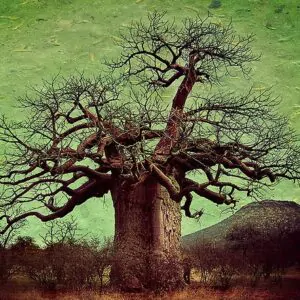
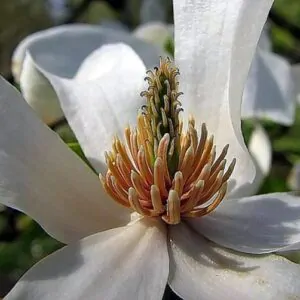
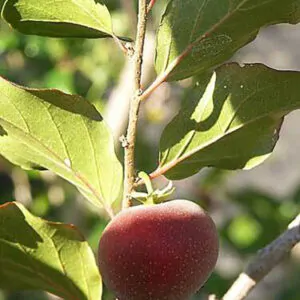
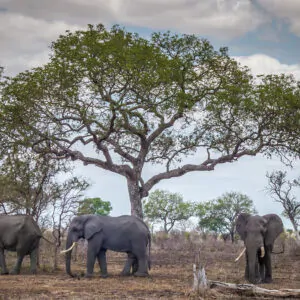
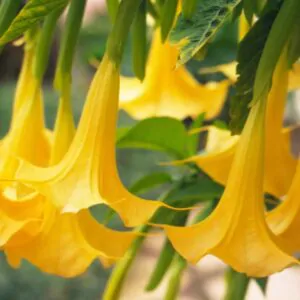
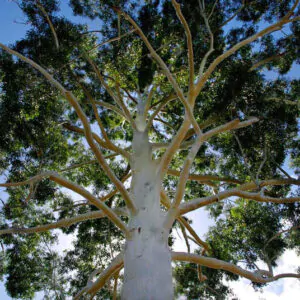
| Cookie | Duration | Description |
|---|---|---|
| cookielawinfo-checkbox-analytics | 11 months | This cookie is set by GDPR Cookie Consent plugin. The cookie is used to store the user consent for the cookies in the category "Analytics". |
| cookielawinfo-checkbox-functional | 11 months | The cookie is set by GDPR cookie consent to record the user consent for the cookies in the category "Functional". |
| cookielawinfo-checkbox-necessary | 11 months | This cookie is set by GDPR Cookie Consent plugin. The cookies is used to store the user consent for the cookies in the category "Necessary". |
| cookielawinfo-checkbox-others | 11 months | This cookie is set by GDPR Cookie Consent plugin. The cookie is used to store the user consent for the cookies in the category "Other. |
| cookielawinfo-checkbox-performance | 11 months | This cookie is set by GDPR Cookie Consent plugin. The cookie is used to store the user consent for the cookies in the category "Performance". |
| viewed_cookie_policy | 11 months | The cookie is set by the GDPR Cookie Consent plugin and is used to store whether or not user has consented to the use of cookies. It does not store any personal data. |